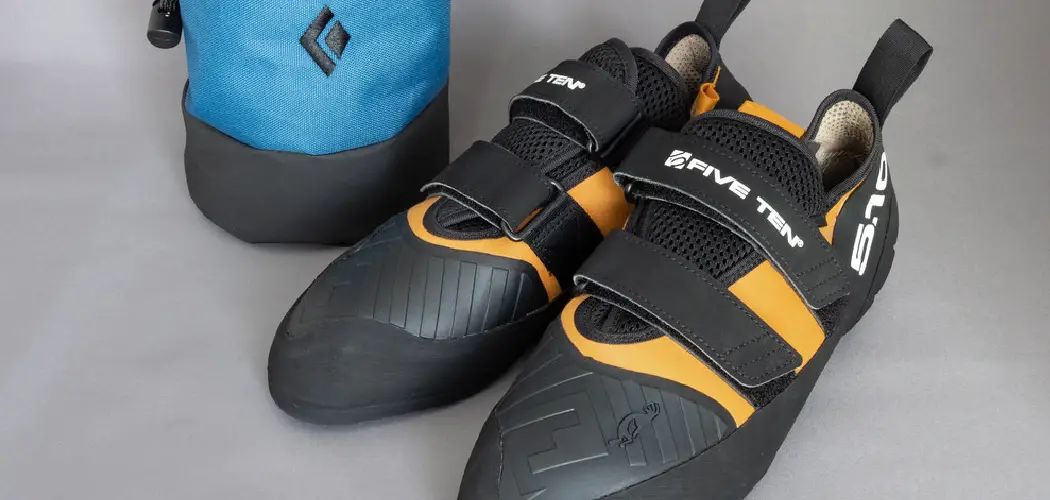Are you looking to learn how to pick a climbing shoe? Look no further! In this guide, we’ll cover everything you need to know about choosing the right climbing shoe for your needs.
Choosing the right climbing shoe is an essential step for any climber, whether you’re a beginner or a seasoned pro. The correct fit and style can significantly impact your climbing performance and overall comfort on the wall. The selection process can be overwhelming with various shapes, materials, and closures available.
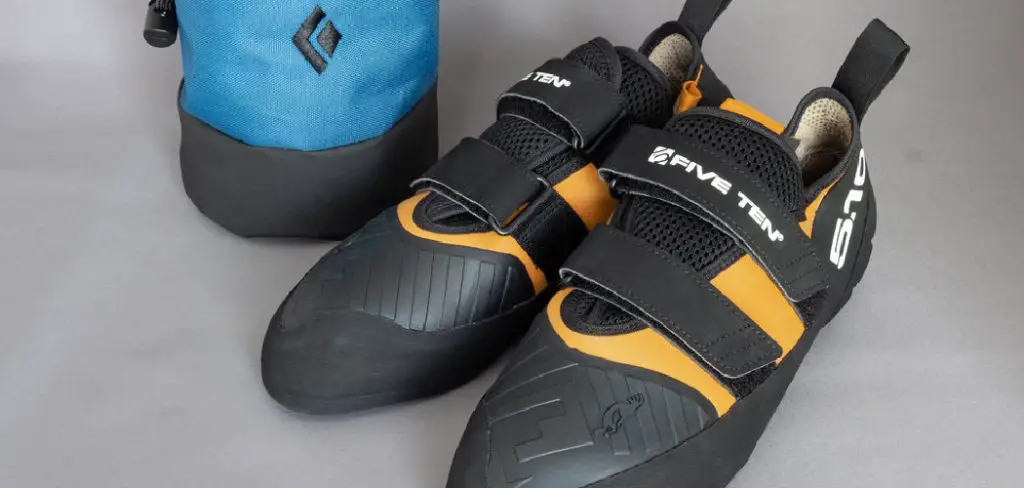
This guide will help you navigate the key factors to consider when selecting a climbing shoe, including fit, type of climbing, and your personal climbing goals. By the end, you’ll be equipped with the knowledge to make an informed decision, ensuring your shoe choice enhances your climbing experience.
What Will You Need?
Before discussing how to pick a climbing shoe, it’s important to make sure you have all the necessary gear and equipment.
1. Climbing Shoes
The main focus of this guide is that a well-fitting pair of climbing shoes is essential for any climber.
2. Chalk Bag
A chalk bag is a must-have item for keeping hands dry and improving grip while climbing.
3. Harness
A harness is necessary for tying into the rope during lead climbing or top roping.
Belay Device: This device helps control the rope when belaying another climber.
4. Carabiner
Used to connect various pieces of equipment, such as a harness and belay device.
5. Crash Pad (for bouldering)
A crash pad can provide a soft landing for falls if you plan to boulder outdoors.
6. Climbing Rope (for lead climbing and top roping)
A dynamic rope, specifically designed for rock climbing, is necessary for protection in case of falls.
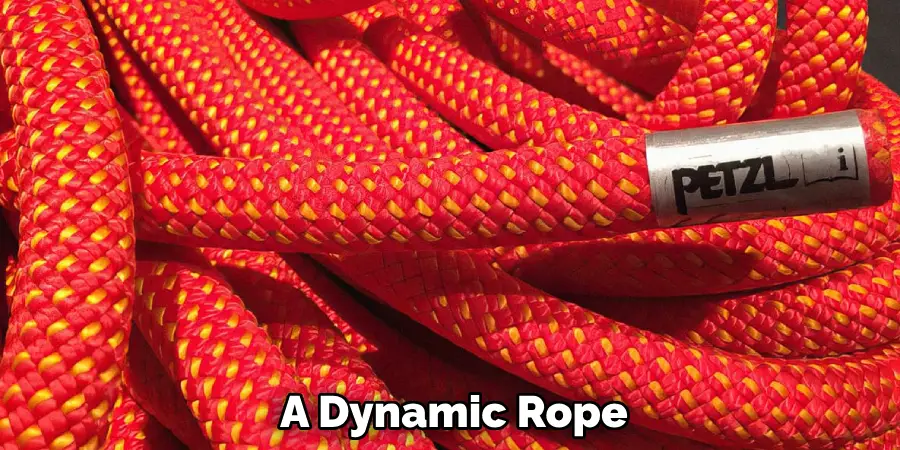
Once you have all the necessary gear, you can focus on finding the perfect pair of climbing shoes.
9 Easy Steps on How to Pick a Climbing Shoe
Step 1. Determine Your Climbing Style:
To begin selecting the right climbing shoe, it’s crucial to determine your climbing style, as this will significantly influence the type of shoe that best suits your needs. Various climbing styles demand different shoe features for optimal performance and comfort. For instance, if you’re primarily focused on bouldering, you’ll need shoes with a tight fit and aggressive downturn to offer precision on small footholds and overhangs.
Sport climbers might also benefit from a similar style, with added support for longer routes. Conversely, if you’re engaging in multi-pitch climbing, prioritizing comfort over extreme aggressiveness is critical, as you’ll likely wear your shoes for prolonged periods. Trad climbers often encounter varied terrain and seek durable and supportive shoes to protect their feet in cracks and on tricky surfaces.
Step 2. Consider the Shoe Fit:
The fit of a climbing shoe is one of the most critical factors to consider. A proper fit ensures you have control and feel over your foot placements on the wall. It’s important to note that climbing shoes are designed to fit more snugly than regular footwear. Your toes should gently press against the front of the shoe without curling up too much, as excessive pressure can lead to discomfort and hinder performance.
If the boots are too loose, you may lack the precision for challenging routes. Keep in mind that different brands and models will vary in fit, so it’s beneficial to try on multiple pairs to find the one that provides the best balance between a snug fit and comfort. Additionally, certain materials like leather tend to stretch over time, so consider potential stretching while selecting.
Step 3. Choose the Right Closure System:
Climbing shoes come with a variety of closure systems, and selecting the right one can significantly enhance your climbing experience. The most common closure types are Velcro, laces, and slip-ons, each offering unique advantages. Velcro closures allow for quick adjustments and easy on-and-off access, making them ideal for bouldering sessions where you frequently remove your shoes.
Laced shoes offer the most tailored fit, as you can adjust to accommodate the shape of your foot, providing more support and precision on technical climbs. Slip-on models, often preferred for their minimalistic design, offer a snug fit and are excellent for training indoors on more straightforward routes. Consider the type of climbing you do most frequently, alongside your comfort preferences, when deciding which closure system will best meet your needs.

Step 4. Assess the Shoe Material:
The material of climbing shoes plays a significant role in their performance and comfort. Generally, climbing shoes are made from either leather or synthetic materials, each with its own characteristics. Leather shoes tend to stretch and mold to the foot over time, providing a customized fit.
This makes them a popular choice for those seeking long-term comfort. On the other hand, synthetic shoes usually maintain their original shape, ensuring consistent performance without much stretching. They are also typically less breathable but often come in a variety of designs and colors. When choosing your climbing shoes, consider how much stretch you prefer and whether breathability is a priority for your climbing sessions.
Step 5. Examine the Shoe Rubber:
The rubber on a climbing shoe is a crucial component that affects its grip and overall performance on the rock. Different shoes use various rubber compounds, each providing distinct stickiness, durability, and sensitivity levels.
Softer rubber offers better grip on slippery surfaces, making climbers feel more connected to small holds. However, softer rubber can wear down more quickly, significantly if you frequently climb outdoors or on abrasive surfaces. Conversely, harder rubber contributes to increased durability and is well-suited for edging and standing on small footholds, though it might compromise sensitivity.
Step 6. Understand the Shoe Shape:
The shape of a climbing shoe also plays a significant role in its functionality and comfort. Climbing shoes generally come in three main shapes: neutral, moderate, and aggressive, each tailored to different climbing needs and preferences. Neutral shoes have a relaxed fit for all-day comfort, making them suitable for beginners or those on multi-pitch climbs who prioritize comfort over precision.
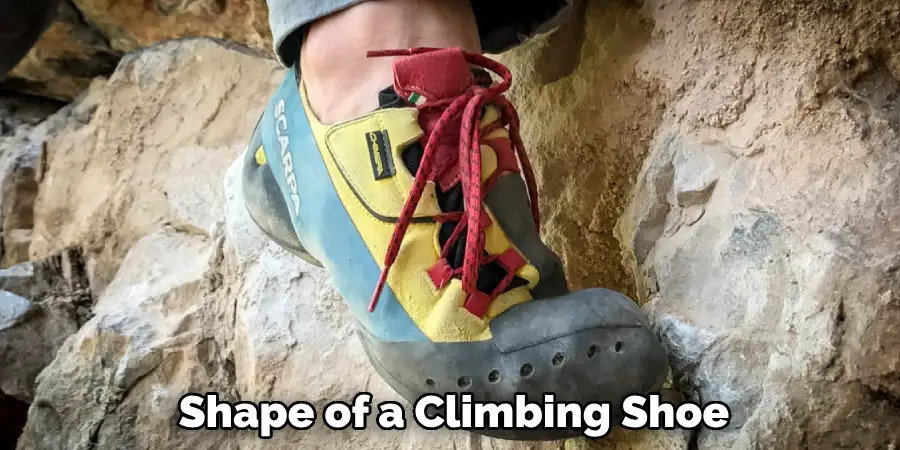
Moderate shoes feature a slightly downturned shape, offering a balance between comfort and performance, and are ideal for technical climbing, sports routes, and crack climbs. Aggressive shoes have a pronounced downturn and are designed for advanced climbers tackling steep and overhung routes, providing unmatched precision on small footholds.
Step 7. Consider the Cost:
The cost of climbing shoes varies widely, depending on brand, materials, and unique features. Higher-end shoes often come with advanced technology and premium materials that enhance performance and comfort, making them a worthwhile investment for seasoned climbers seeking to push their limits. However, if you’re just starting or climbing more casually, plenty of budget-friendly options provide solid performance without breaking the bank.
Evaluate how often you climb and your specific climbing goals when deciding on a budget for your climbing shoes. It’s also wise to look out for sales or consider purchasing last season’s models, as these can often be found at discounted prices while still offering excellent quality. Remember that investing in a quality pair of shoes can significantly influence your climbing experience, so aim to balance cost and the features most important for your climbing style.
Step 8. Test the Shoes
Once you have narrowed your options based on fit, closure system, material, rubber type, shape, and cost, it’s time to test the shoes in real-world conditions. Visit a local climbing gym or an outdoor climbing venue where you can try on different pairs and assess their performance on various surfaces and routes. Focus on how they feel during movement, their grip on different holds, and overall comfort after extended wear.
Pay attention to any pressure points or areas of discomfort that might worsen over time. Testing your climbing shoes before making a final purchase ensures that you make an informed decision that contributes to performance and enjoyment in your climbing pursuits.
Step 9. Break Them In:
After selecting the perfect pair of climbing shoes, breaking them in properly is essential to ensure optimal comfort and performance. Start by wearing your new shoes in short, less demanding climbing sessions. This gradual approach allows the materials to mold to the shape of your feet and minimizes any initial discomfort.
Another effective technique is wearing them around the house or for light activity to expedite the break-in process without causing undue stress on the shoes or your feet. Remember that while leather shoes tend to stretch and form a more customized fit over time, synthetic shoes may not loosen as much. Be patient and attentive to how your shoes adapt to your feet, making adjustments as needed to prevent blisters or any potential discomfort.
Following these steps, you can make an informed decision when selecting climbing shoes that will support your abilities and enhance your climbing experience.
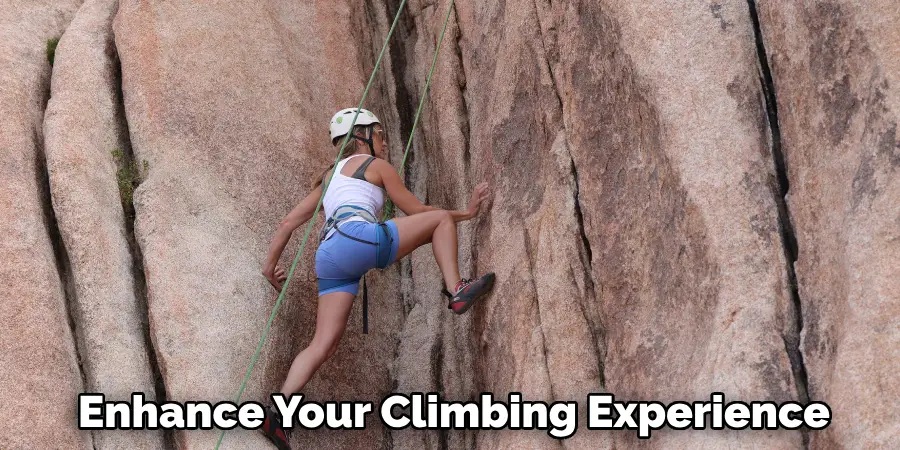
Conclusion
Choosing the right climbing shoe is a personal journey that requires thoughtful consideration of various factors.
By understanding your climbing goals and priorities, you can make informed decisions about your shoes’ fit, closure system, material, rubber, shape, cost, and break-in process. Each component plays a vital role in ensuring the shoe’s overall comfort and performance, making it essential to balance these elements. Investing the time to try on different options and test them in real-world scenarios will help you find a pair that feels like an extension of your feet, allowing you to climb with confidence and enjoyment.
Hopefully, the article on how to pick a climbing shoe has provided you with valuable insights and guidance to navigate the overwhelming world of climbing shoes successfully.

